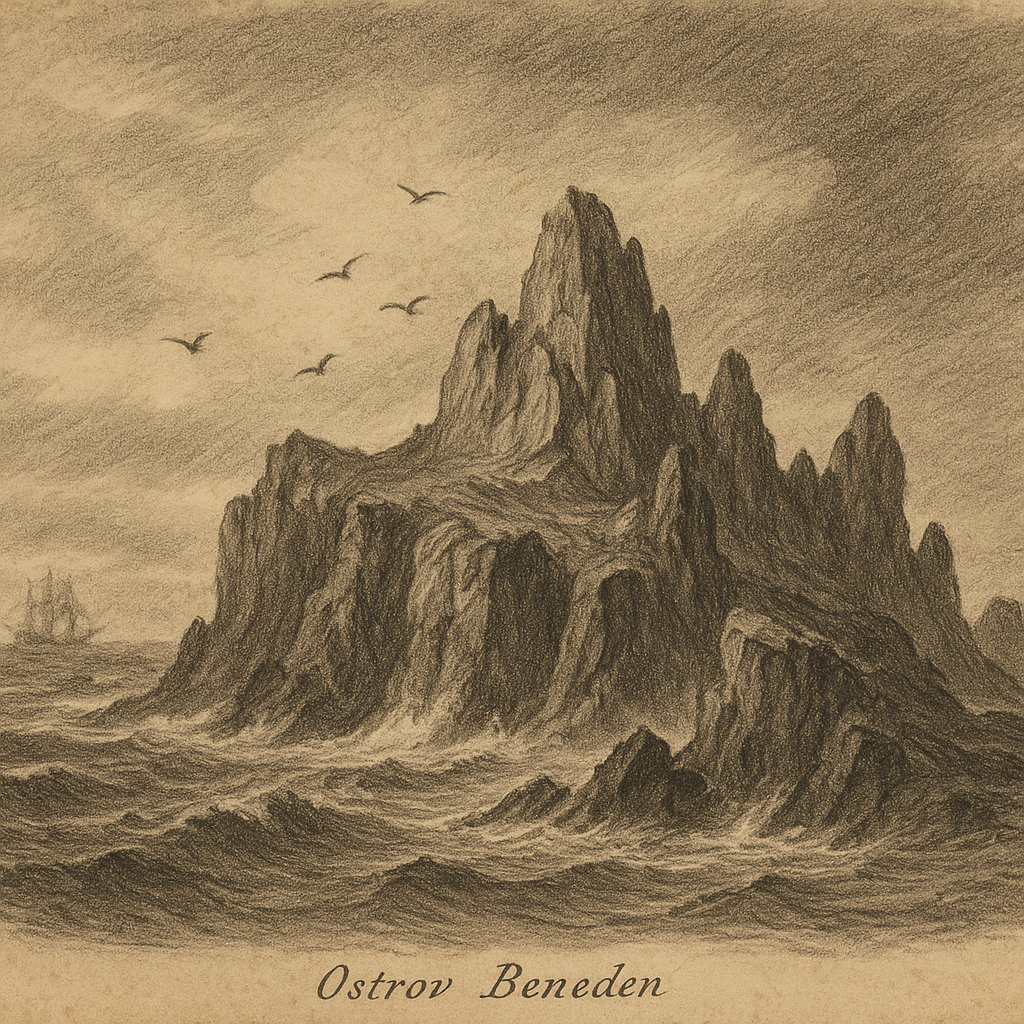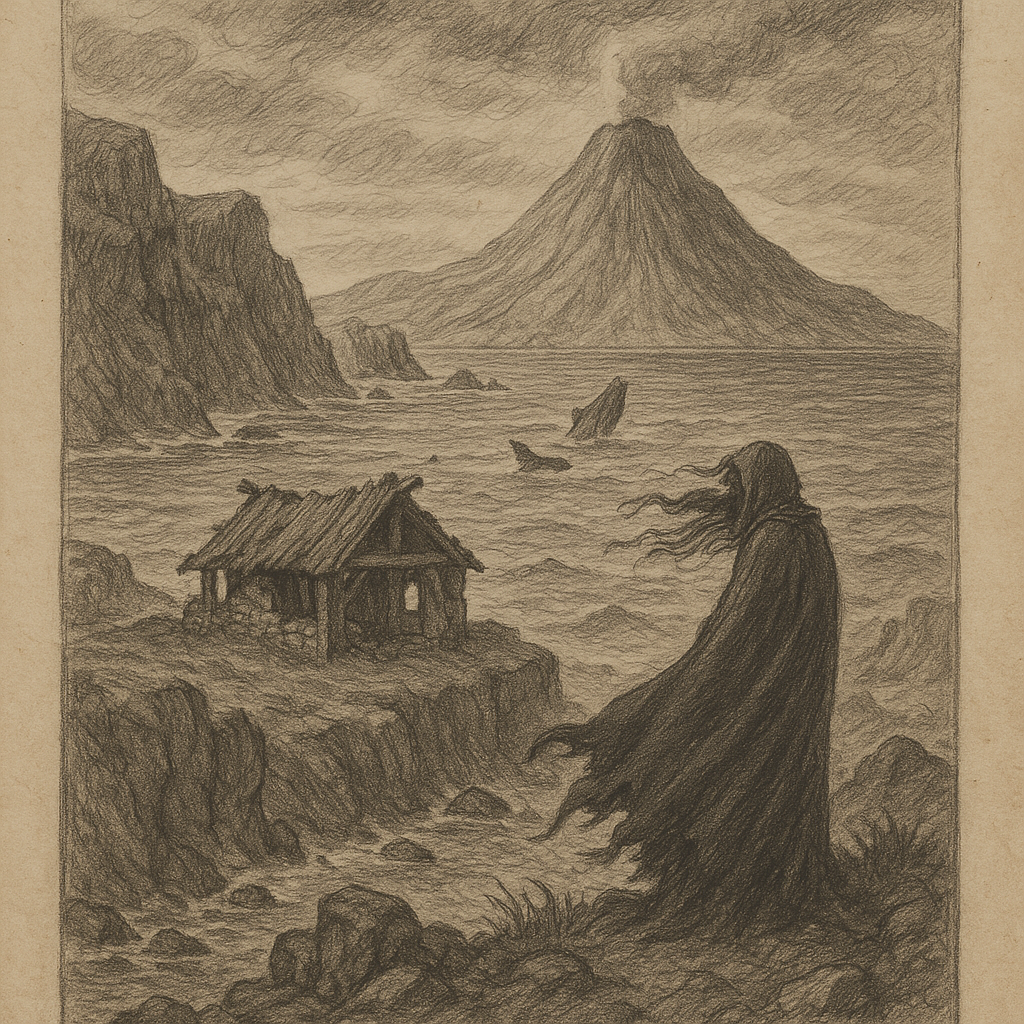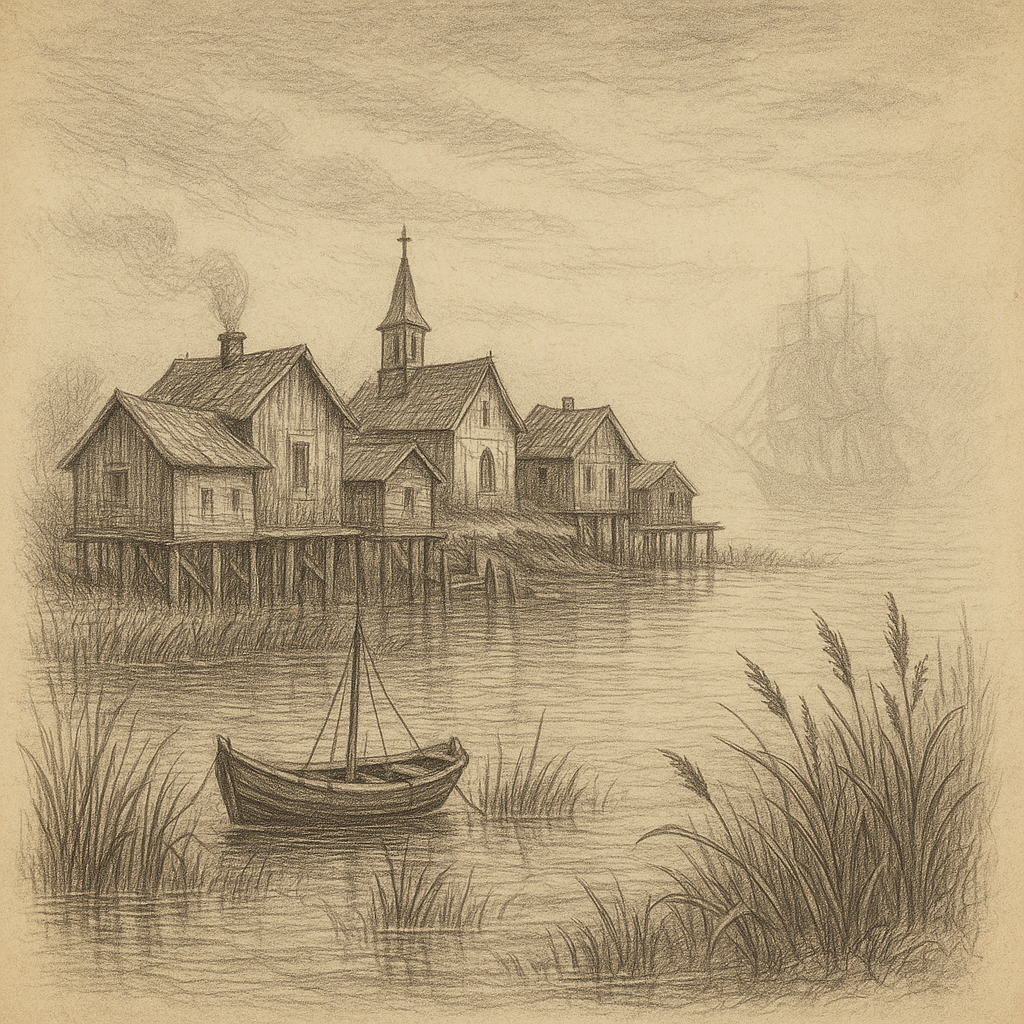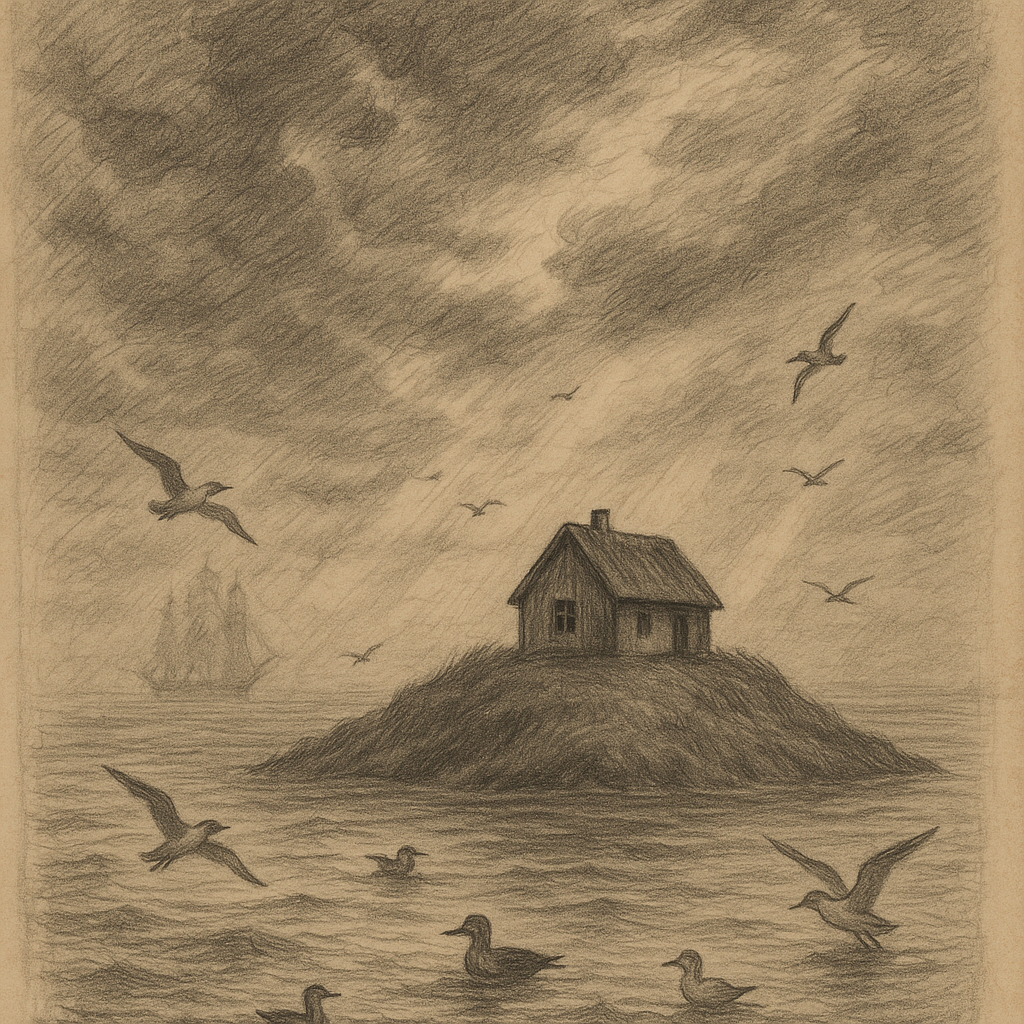Beneden Island: A Forgotten Jewel in the Subantarctic
Beneden Island is one of the lesser-known and most remote islands in the subantarctic region. Located in the harsh and windswept waters of the Southern Ocean, this small, uninhabited island is part of the Kerguelen Archipelago, which lies approximately 3,300 km southeast of Madagascar and over 4,800 km southwest of Australia. Isolated and enigmatic, Beneden Island holds scientific interest and subtle beauty, blending volcanic origin with a unique ecosystem and fascinating stories from the past.
Location and Geographical Context
Beneden Island is situated within the Kerguelen Islands, a French territory known officially as the Terres australes et antarctiques françaises (TAAF). The island lies off the southeastern coast of Grande Terre, the main island of the Kerguelen group, in the Gulf of Morbihan. Its position makes it extremely difficult to access, ensuring minimal human interference and preserving its mystery.
The Kerguelen Archipelago itself is one of the most remote places on Earth, often referred to as the “Desolation Islands.” Beneden Island shares this reputation of isolation, surrounded by cold, turbulent waters and frequently cloaked in mist. Despite its modest dimensions—it spans only a few square kilometers—the island is a key feature in the local geography and ecology.
Geological Origins and Landscape
Beneden Island, like much of the Kerguelen Archipelago, is of volcanic origin. The entire region sits atop the Kerguelen Plateau, a submerged microcontinent formed by a massive, ancient volcanic hotspot. The island’s rugged coastline, steep cliffs, and basalt formations are silent witnesses to millions of years of geological activity.
The land itself is largely treeless, dominated by low vegetation such as mosses, lichens, and hardy grasses that have adapted to the cold subantarctic climate. The terrain is often rocky and uneven, shaped by erosion from strong winds and persistent rainfall.
Climate and Environment
Beneden Island experiences a harsh, windy subantarctic climate characterized by cool temperatures year-round and high precipitation levels. Summer temperatures rarely exceed 10°C (50°F), while winter temperatures hover around freezing. The island is often shrouded in clouds and fog, with strong westerly winds, known as the “Roaring Forties” and “Furious Fifties,” sweeping across its surface.
Despite these challenging conditions, Beneden Island supports a surprisingly rich biodiversity. It serves as a breeding ground for several seabird species, including petrels, skuas, and the iconic wandering albatross. The surrounding waters are inhabited by seals and a variety of fish species, contributing to the island’s status as a valuable ecological site.
Scientific Significance
Though uninhabited, Beneden Island has drawn attention from scientists and researchers specializing in subantarctic ecosystems, geology, and climate science. The isolation of the island provides an ideal natural laboratory for examining undisturbed ecological processes.
Only a handful of scientific expeditions have visited the site, often operating from the research base located on nearby Port-aux-Français on Grande Terre. The lack of human activity has helped preserve its pristine condition, allowing for accurate long-term ecological monitoring.
Interesting Facts About Beneden Island
– Beneden Island is named after the 19th-century Belgian zoologist Pierre-Joseph van Beneden, known for his work in marine biology and parasitology.
– It is among the least-disturbed natural environments on the planet, offering scientists opportunities to study biodiversity in its raw, unaltered state.
– Despite its small size, Beneden Island plays an important role in the broader ecosystem of the Kerguelen Archipelago, acting as a nesting site free from introduced predators.
– The island’s volcanic rocks contain rare minerals and formations, contributing to our understanding of hotspot volcanism and plate tectonics in the Southern Indian Ocean.
Legends and Stories from Isolation
Although Beneden Island has no permanent inhabitants and no recorded indigenous stories, it has accrued a set of tales amongst sailors and researchers over time. One such tale tells of a ghost ship seen drifting near the coast of Beneden Island during the endless twilight of a subantarctic summer. Supposedly sighted by French naval crews in the early 20th century, the phantom vessel was said to vanish without a trace, leaving behind only a strange echo carried by the wind.
Another legend speaks of a “singing stone” buried somewhere on the island. According to expedition folklore, certain rocks emit a faint harmonic tone when struck, a phenomenon attributed to volcanic composition—but the origins of the myth continue to capture the imagination of the few who hear it.
These stories, while unverified, add a touch of mystique to the island’s austere and silent landscape, embodying the sense of isolation and wonder that such a far-flung place evokes.
Access and Conservation
Access to Beneden Island is extremely limited due to its remoteness and protected status within the Kerguelen Islands Nature Reserve. Visiting the island is typically restricted to researchers with official permits from the French Southern and Antarctic Lands administration.
Conservation efforts focus on maintaining the island’s ecological integrity. Thanks to its isolation, Beneden Island has remained free of invasive mammals that have wreaked havoc on other remote islands. Continued vigilance is necessary to preserve this natural sanctuary for future research and exploration.
Conclusion
Beneden Island stands as a silent sentinel in the subantarctic, isolated yet full of natural richness, geological history, and whispered tales. Its landscape, shaped by ancient fire and ceaseless wind, offers not only breathtaking desolation but also insights into the past and present life of remote ecosystems.
Though largely unknown to the world, Beneden Island holds immense value as a pristine natural reserve, an object of scientific curiosity, and a setting for the myths woven by those few who have braved its shores.



